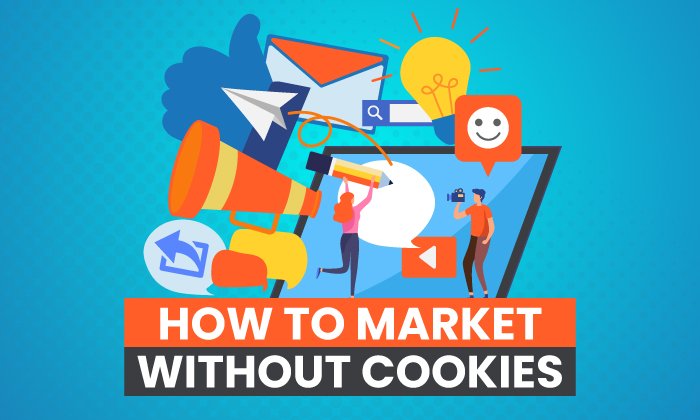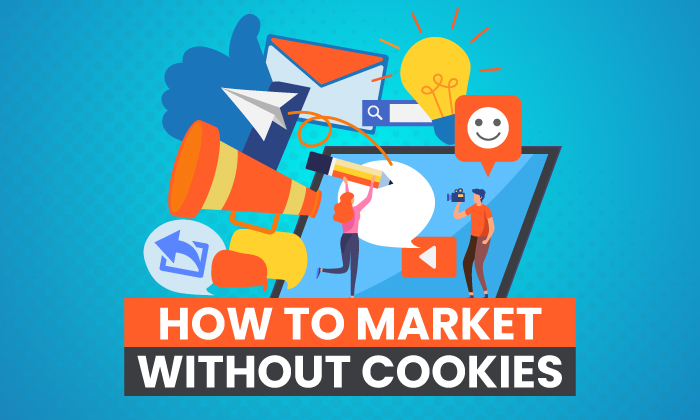How to Market Without Cookies

By Neil Patel
For several years, many digital marketing teams relied on cookies for marketing.
However, everything is about to change.
Mozilla Firefox and Apple Safari already block third-party cookies, and recently, Google revealed it would no longer support cookies on ad networks and its Chrome browser.
What does this mean for marketing teams, and what can you do to ensure your business keeps running smoothly when you are marketing without cookies? Let’s find out.
Why Are Third-Party Cookies Going Away & Why Does it Matter?
Whenever you use the internet, especially on browsers like Chrome, your actions are tracked through cookies.
These cookies can help marketing teams understand user behaviors and ad performance, but they may feel like an intrusion of privacy for many users.
By blocking these cookies, users can increase their privacy and security. Browsers like Firefox, Safari, and Brave have already started doing this. Google will also begin phasing out third-party cookies from its browsers to strengthen user privacy and promote itself as a secure search engine.
This represents a considerable change for marketers who heavily relied on cookies for their ad campaigns.
When creating paid ad campaigns on browsers and social media platforms, you need customer details to customize the copy. Marketing without cookies means you’d have to rely on first-party data (more on that below) rather than third-party cookies.
Now Google is launching “The Privacy Sandbox” as a response to the cookieless future. Here data will be stored anonymously to form a middle ground where companies can obtain customer data without intrusive cookie tracking.
Beyond this, there are various ways to market without cookies. Below, we’ll discuss some of the most effective strategies and offer tips for marketing without relying on the use of third-party cookies.
4 Tips to Prepare for Cookieless Marketing
Your marketing campaigns don’t have to suffer because you don’t have access to third-party cookies.
Using the strategies and tips below, you can learn to leverage tools like first-party data to increase the effectiveness of your marketing efforts without depending on cookies.
Turn on Google Analytics 4
An upgraded version of Universal Analytics, Google Analytics 4 supports both app and website-based tracking. It helps if you use both formats (app and website), as most businesses do today.
Whether you already run GA for an existing website or you want to create a different account for a new site, turning on Google Analytics 4 is simple. Here’s a detailed guide to help you get started.
Start Gathering First-Party Data
Third-party cookies are blocked, but marketing teams can continue to collect first-party data. This means you can still use data from email sign-up forms or newsletters, surveys, and other direct methods.
The biggest benefit of working with first-party data is you own the data. You don’t have to worry about buying it from someone else or losing the right to use …read more
Source:: Kiss Metrics Blog





